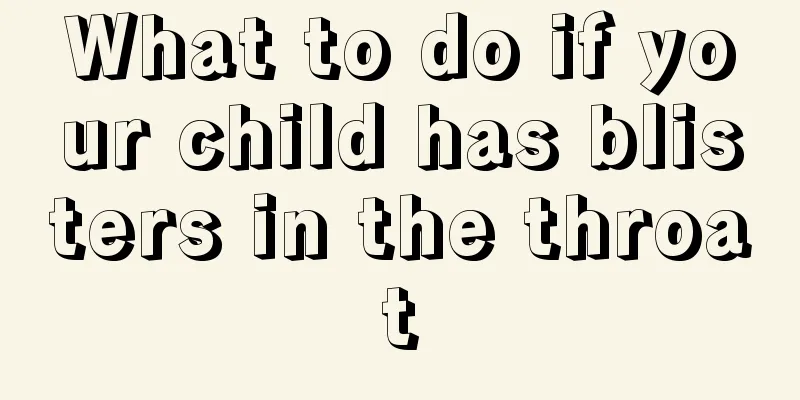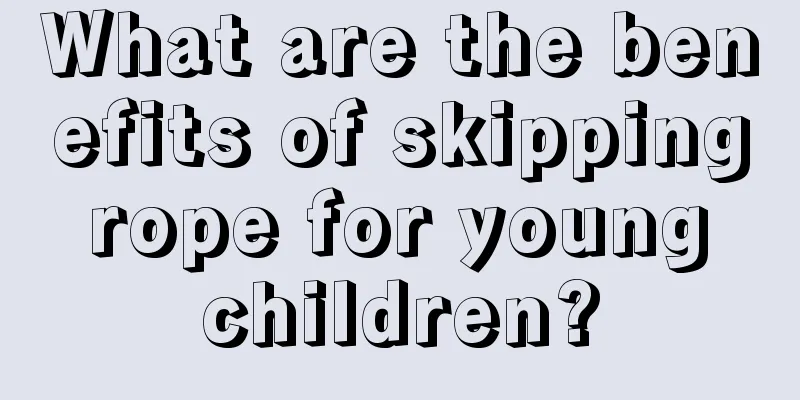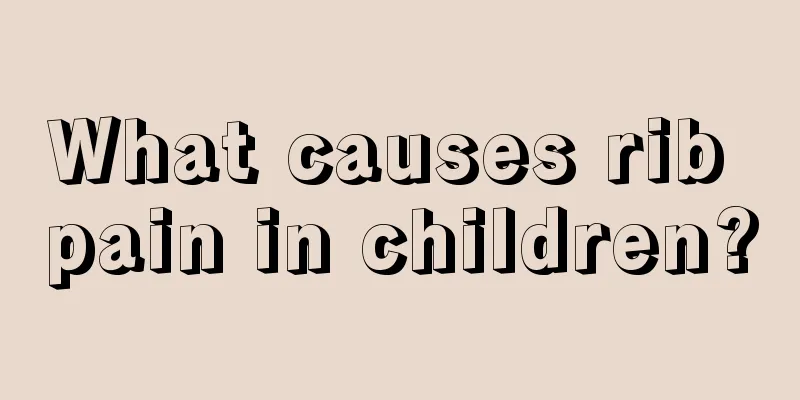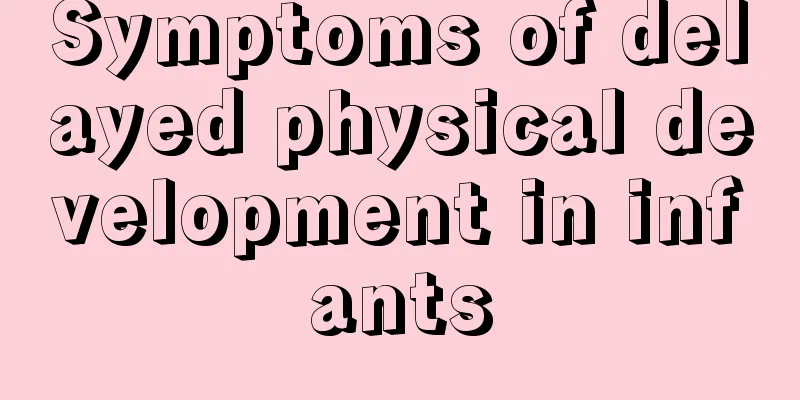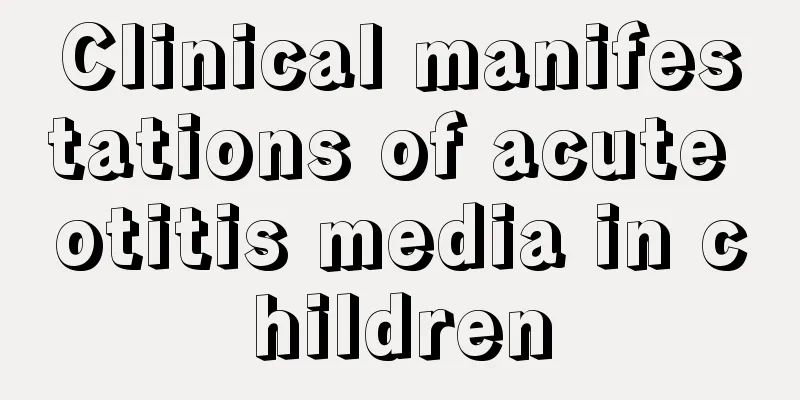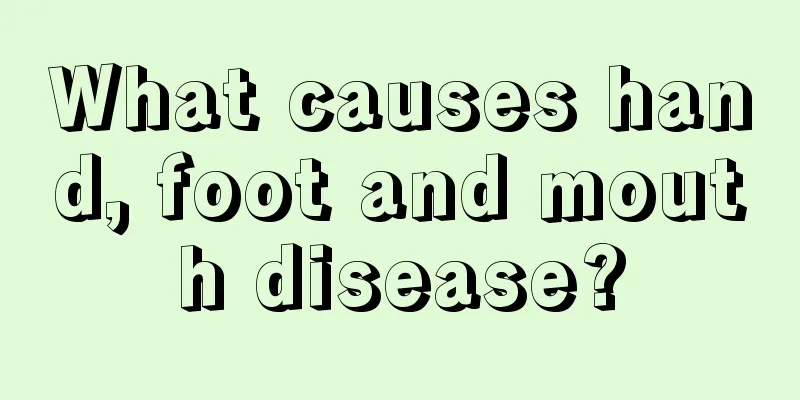Causes of recurrent urticaria in children

|
Rubella is a common disease among children and also a relatively serious skin disease. If not treated in time, it is likely to cause stubborn scars on the child's skin, making treatment more difficult. The recurring attacks of rubella in children are closely related to the treatment method. If rubella continues to recur after treatment, the treatment method needs to be changed. Below we will introduce you to the relevant knowledge about rubella in children in detail. 1. Causes 1. Source of infection Patients are the only source of infection for rubella, including those with subclinical or latent infections. The actual number of subclinical or latent infections is higher than that of patients, so they are an important source of infection that is easily overlooked. The infectious period is 5 to 7 days before and 3 to 5 days after onset of the disease, and the disease is most contagious on the day of onset and the day before. The virus can be isolated from the patient's oral, nasal, and pharyngeal secretions, as well as blood, urine, and feces. 2. Transmission routes Generally, rubella in children and adults is mainly transmitted by droplets through the respiratory tract, and can also be transmitted through close contact between people. Newborns infected in the womb can excrete the virus in the throat for weeks, months, or even more than a year. Therefore, they can infect medical staff and family members who lack antibodies through contaminated bottles, nipples, clothes, diapers, and direct contact, or cause transmission in the nursery. If the fetus is infected, it may cause miscarriage, stillbirth, premature birth or congenital rubella with various congenital malformations. 3. Susceptible population Rubella is generally more common in children, and it is also uncommon in young people, adults and the elderly during epidemic periods. Rubella is more common in winter and spring. In recent years, the disease has occurred more frequently in spring and summer, and can be prevalent among gathering groups such as kindergartens, schools, and the military. II. Treatment 1. General symptomatic treatment Rubella patients generally have mild symptoms and do not require special treatment, mainly symptomatic treatment. Those with more pronounced symptoms should rest in bed and eat liquid or semi-liquid food. Symptomatic treatment can be given to patients with high fever, headache, cough, and conjunctivitis. 2. Treatment of complications Patients with high fever, drowsiness, coma, and convulsions should be treated according to the principles of epidemic encephalitis B. For patients with severe bleeding tendency, adrenal cortex hormones can be used for treatment and fresh whole blood transfusion can be performed if necessary. 3. Congenital rubella Asymptomatic infected persons do not require any special treatment. Those with severe symptoms should be treated accordingly: those with obvious bleeding may consider intravenous immunoglobulin and blood transfusion when necessary; the treatment principles for pneumonia, respiratory distress, jaundice, heart valve malformations, retinopathy, etc. are the same as other newborns; those with congestive heart failure and glaucoma need to be treated actively, and cataract treatment is best postponed until after 1 year of age; early and regular auditory brainstem evoked potential examinations should be performed to diagnose deafness early and intervene in time. 3. Prevention 1. Immunization is an effective way to prevent rubella. Rubella vaccine is a live attenuated virus strain that has been used for more than 40 years. A single dose of vaccination can provide more than 95% long-term immunity, which is close to the immunity induced by natural infection. 2. Rubella vaccines are available as monovalent formulations (vaccines that target only one pathogen) or in combination with other vaccines, such as measles (MR), measles and mumps (MMR), or measles, mumps, and varicella (MMRV). 3. Adverse reactions after vaccination are generally mild. Possible reactions include: pain, redness, low-grade fever, rash, and muscle pain at the injection site. |
<<: How to regulate a two-year-old baby's poor spleen and stomach
>>: What's wrong with the child's wet hands?
Recommend
What are the symptoms of parotid nodules?
Parotid nodules are an infectious disease caused ...
What to do if children have wind-heat cold
Colds are common exogenous diseases in all season...
5-month-old baby development standard indicators
I don’t know if you are aware of the 5-month deve...
How to treat chronic pharyngitis in children
Many people like the innocent look of children, b...
What to do if your child's throat is inflamed and swollen
Everyone knows that children's physical const...
Two months old baby has white spots on forehead
We all know that babies are particularly prone to...
How old can babies eat stir-fried vegetables?
We will find that scientific parenting now mainly...
2 month old baby not sleeping during the day
Two-month-old babies are young, and at this age t...
What should children eat to supplement calcium, iron and zinc?
Generally speaking, if children are picky eaters,...
Can children's rhinitis be effectively treated with medicine?
In daily life, we often find that children's ...
What should I do if my child has buck teeth?
If children do not pay attention to oral hygiene ...
How to relieve retching in newborns
Every time a newborn baby retches and asks for le...
What should I do if my baby has a runny nose and spit up milk? Parenting experts tell you the answer
Parents, please take note: if your baby has a run...
What are the symptoms of mixed viral and bacterial infection?
No matter what season it is, children are the mos...
Children have many bubbles on their tongue
Because their bodies are not fully developed and ...
